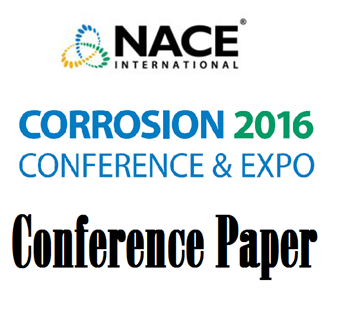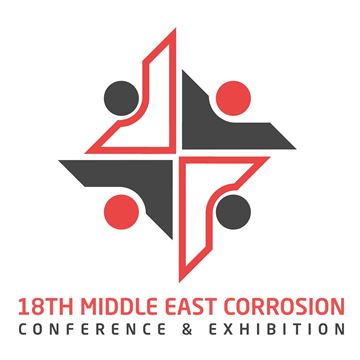Search
Products tagged with 'sulfate-reducing bacteria (srb)'
View as
Sort by
Display
per page
51316-7322-Methodology for the comparative evaluation of batch biocide performance against microbial corrosion
Product Number:
51316-7322-SG
ISBN:
7322 2016 CP
Publication Date:
2016
$20.00
Enhanced Biocide Treatment Using D-tyrosine Against Desulfovibrio Vulgaris Corrosion of Carbon Steel
Product Number:
51320-14527-SG
Publication Date:
2020
$20.00
Evaluation of Microbial Corrosion Implications in Flooded Pipe Strings
Product Number:
MECC23-20068-SG
Publication Date:
2023
$20.00
Microbiologically Influenced Corrosion by General Aerobic and Anaerobic Bacteria in Oil & Gas Separators
Product Number:
51320-14365-SG
Publication Date:
2020
$20.00
Quantification of Microbiologically Influenced Corrosion in Injection Water Pipelines
Product Number:
51317--9343-SG
ISBN:
9343 2017 CP
Publication Date:
2017
$20.00
Remediation of Microbially Contaminated Horizontal Wells with Acrolein
Product Number:
51320-14992-SG
Publication Date:
2020
$20.00
Severe microbiologically influenced corrosion (MIC) of pure zinc and galvanized steel in the presence of Desulfovibrio vulgaris
Product Number:
51320-14537-SG
Publication Date:
2020
$20.00
Validation of a New Thin-Film Culture Device for Detecting Sulfate-Reducing Microbial Species
Product Number:
MECC23-19975-SG
Publication Date:
2023
$20.00








